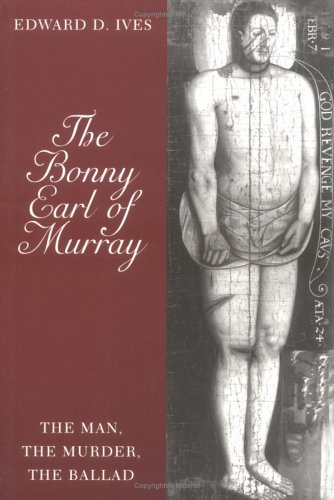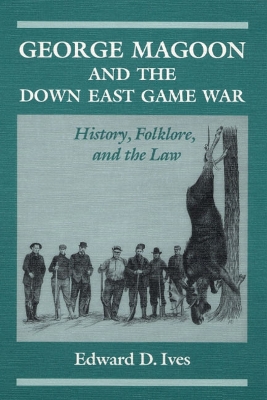Folklore & Society
3 total works
On 1592, James Stewart, Second Earl of Moray, was murdered by a party under the command of George Gordon, Sixth Earl of Huntly. This is a detailed history - drawn from contemporary records - of that murder, showing it to be almost the inevitable result of the power struggle of the two leading familes in the Northeast. The book traces out the consequences, which were serious enough both to cause King James to leave Edinburgh for several weeks and to lead him to agree to certain undesirable compromises with the Kirk. Huntly himself was never punished. Moray was a popular figure in his time, and the two extant ballads on his murder are both expressions of a people's anger and a means of keeping that anger alive. Edward Ives traces their history across four centuries, showing that while they might not have been much sung in croft and bothy, one of them has earned itself a place in the concert world and in the great folksong revival of the 1960s and thereafter.
George Magoon (1851-1929), a notorious
moose and deer poacher in Maine, was the hero of scores of funny stories of
how he outwitted game wardens. Preserving these oral histories, Edward Ives
documents Magoon's life and explores his significance as a folk hero within
the context of the conservation movement, the cult of the sportsman, and Maine's
increasingly restrictive game laws.
"A rich and subtle book, an
important work by a major scholar. . . . It is a major contribution to folklore
studies, and to history and American studies as well."
-- Journal of American Folklore
moose and deer poacher in Maine, was the hero of scores of funny stories of
how he outwitted game wardens. Preserving these oral histories, Edward Ives
documents Magoon's life and explores his significance as a folk hero within
the context of the conservation movement, the cult of the sportsman, and Maine's
increasingly restrictive game laws.
"A rich and subtle book, an
important work by a major scholar. . . . It is a major contribution to folklore
studies, and to history and American studies as well."
-- Journal of American Folklore


